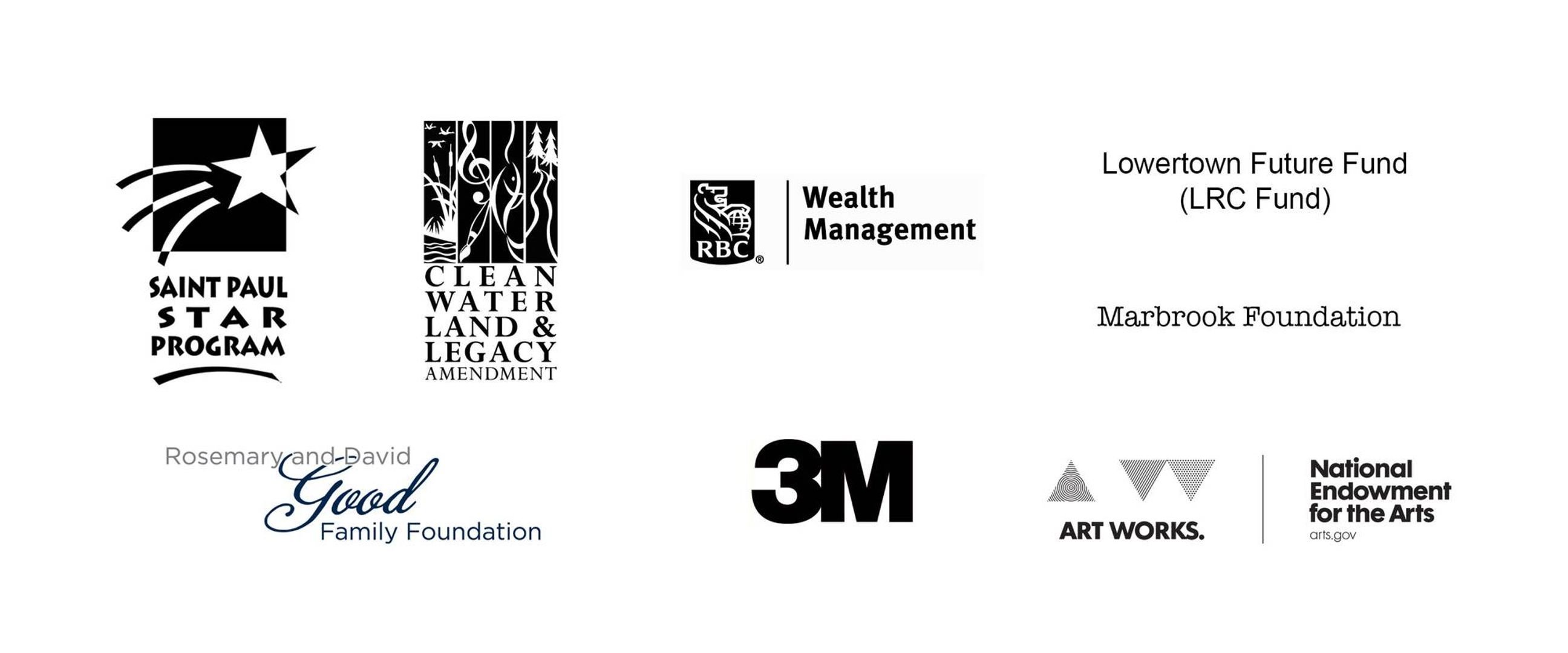Michael Torres Connects Poetry to "Growing Up Graffiti"
I have a specific bookshelf at home for the books that have had the greatest impact on my life as a writer. Most of them are poetry collections that inspired my first collection of poems, An Incomplete List of Names. However, there’s a sketchbook on that shelf that I’ve had for almost two decades.
That sketchbook is actually a blackbook, a term graffiti artists use for a blank sketchbook that’s often meant to be filled with stylized drawings done by other graffiti artists. I bought it when I was a sixteen-year-old kid growing up in southern California, after I’d become fascinated with street art. I passed my blackbook around school for weeks, offering it to friends and fellow graffiti artists I respected, hoping they’d take it home and draw a stylized rendition of their monikers. At the time, I had only recently decided on my own graffiti name, REMEK—a name I came to by accident after a conversation with a friend walking from Biology class to Spanish. Though I might not have realized it then, graffiti, for me, was as much about documentation as it was about styles and shading techniques.
My experience as a graffiti artist lasted the rest of my high school years. There were many nights where I sneaked out of my house to paint walls with my friends. City workers then painted over our names early the next morning. We went back to those walls each night to repaint them. On one of those nights, I got caught. I was fined and given community service hours. I graduated high school, and decided to stop doing graffiti. Soon after, I began writing poems while taking classes at the local community college. For years I didn’t write or think much about graffiti.
Only recently have I begun thinking about the transition from graffiti to poetry. A few times, I’ve been asked: Why poetry? Why, with a background in visual art, did I not continue by practicing, say, painting on canvas? To be honest, not only was the transition to poetry something I never questioned, it seemed natural.
Moving to Minnesota offered me a perspective on my hometown community that I didn’t have when I lived in California. In 2013, I moved to the Midwest to pursue a Masters in Fine Arts Creative Writing at MSU-Mankato. For the first time, I wrote a lot about home in ways I hadn’t been able to in the past. I wrote about home because of how much I missed it, knowing there wouldn’t be an easy way to return. I wrote about home because there were certain parts of that world I gave up when I left. I wrote about home because I had a new one. And I wrote about the friends I had during those years spray-painting walls. I wrote about them with the kind of clarity that loss opens one up to. The poems I wrote about growing up a graffiti artist in southern California were amplified by my new life in the Midwest. Being so far from home, and worrying about what I’d lost in moving away, I focused on memories.
My poems began to represent moments I wanted to capture the same way my blackbook was used to document a history of graffiti in my hometown, a history of young men who knew their names would be erased. In poetry, I found the same instinct to return each time, writing more and more about Pomona as I remembered it, as it changed, and how it will continue to change.
See more stories from our multi-media series Art Is…
Production Team: Kate McDonald, Ryan Klabunde, Jim Kron, Eric Pagel, Terry Gray.

“As a daughter of Korean immigrants who eked out a living as small-time merchants in New York City after we immigrated to the U.S. in the early 1980s, I grew up witnessing the turbulent socio-political climate surrounding ethnic minorities, while balancing personal and cultural chasms within my own family.” Those seminal experiences play a large role in the work of poet Su Hwang, who shares the story of how she arrived in Minnesota and what led her to poetry.
“As I made it to the final bell, I pulled out my box of eight crayons and recited the eight colors. I held the crayons in one hand and turned to Benny. He stared at me as I said, ‘red, blue, green, purple, brown, black, yellow and orange.’ They were my first words in English. Poet Ray Gonzalez shares “The Language of Sunlight, 1956,” about his early introduction to “the necessity of English while growing up in the desert southwest.
Trained at the foot of the great song poets of his time, song poet Bee Yang has lived his life as a refugee of war, toiling away in the factories of America. He shared his art as part of his daughter, Kao Kalia Yang’s, Art Is…Our Call for Peace cohort in 2019. No matter the primary language you speak, prepare to be amazed by his craft.
